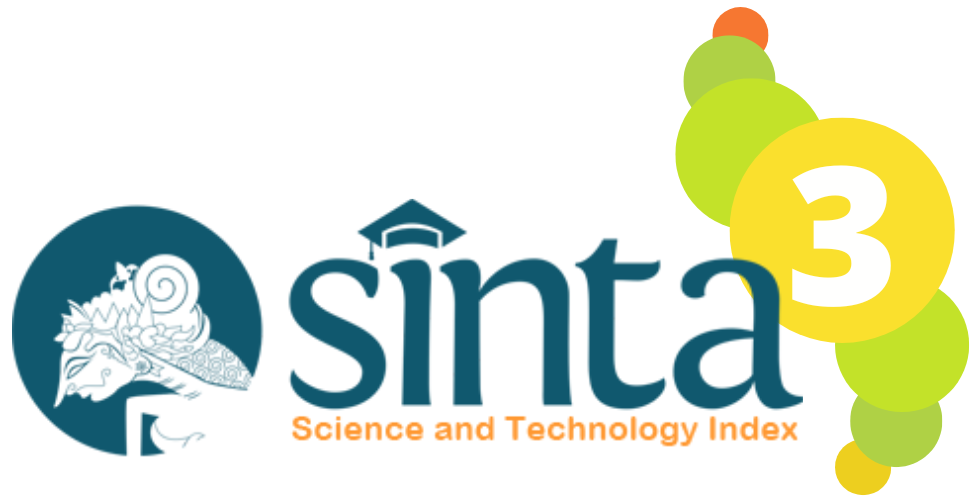KUAT TARIK DAN POLA KEGAGALAN KOMBINASI SAMBUNGAN BAUT DAN SEKRUP PADA BAJA CANAI DINGIN
DOI:
https://doi.org/10.21831/inersia.v16i2.36900Abstract
ABSTRAK
Saat ini, material Cold Formed Steel (CFS) lebih umum digunakan karena kekuatan tariknya yang diketahui daripada material Hot Rolled Steel (HRS). Bahan konstruksi CFS tidak hanya digunakan untuk fungsi struktur atap, tetapi juga banyak digunakan sebagai struktur bangunan. Perilaku koneksi kombinasi baut dan sekrup CFS diidentifikasi untuk mengetahui jenis kegagalan dan kapasitas sambungan. Beban maksimum pengujian tarik diterapkan pada dua jenis bahan CFS. Spesimen dalam penelitian ini terdiri dari dua variasi ukuran lembar CFS 40 mm x 340 mm dan 40 mm x 360 mm. Lembar pertama digunakan untuk sambungan sekrup, baut dilengkapi ring, dan baut tanpa ring. Lembar kedua digunakan untuk sambungan kombinasi sekrup dengan baut tanpa ring dan sambungan kombinasi sekrup dengan baut dilengkapi ring. Hasil penelitian menunjukkan bahwa nilai slip spesimen sambungan baut dilengkapi ring lebih besar daripada spesimen sambungan baut tanpa ring. Nilai kapasitas tarik yang diperoleh dari koneksi kombinasi baut dengan washer dan sekrup lebih besar daripada yang tanpa ring dengan sekrup. Pola kegagalan pengujian tarik adalah kegagalan sobek dan kegagalan patah.
Kata kunci: kombinasi, sambungan, baut, sekrup, CFS
ABSTRACTNowadays, Cold Formed Steel (CFS) materials is more commonly used because of its known tensile strength than Hot Rolled Steel (HRS) material. CFS construction material is not only used for roof structures function, but also widely used as building structures. The behavior of bolt and screw combination connections of CFS was identified to know the type of failure and connection capacity. A maximum load of tensile testing was applied to two type of CFS materials. The specimens in this study consisted of two variations CFS sheet sizes 40 mm x 340 mm and 40 mm x 360 mm. The first sheet is used for screw connectors, bolt with washers, and bolt without washers. The second sheet is used for screw connectors combined with bolts without washer and screw connectors combined with bolts and washer. The results showed that the slip value of the bolt connection specimens with washers was greater than the bolt connection specimens without washer. The tensile capacity value obtained by the bolt combination connection with washer and screw was more rodust than the one without washer and screw. The failure patterns of tensile testing were a pull-through and fracture failures.
Keywords: combination, connection, bolt, screw, CFS
ABSTRAK
Kata kunci: kombinasi, sambungan, baut, sekrup, CFS ABSTRACT
Nowadays, Cold Formed Steel (CFS) materials is more commonly used because of its known tensile strength than Hot Rolled Steel (HRS) material. CFS construction material is not only used for roof structures function, but also widely used as building structures. The behavior of bolt and screw combination connections of CFS was identified to know the type of failure and connection capacity. A maximum load of tensile testing was applied to two type of CFS materials. The specimens in this study consisted of two variations CFS sheet sizes 40 mm x 340 mm and 40 mm x 360 mm. The first sheet is used for screw connectors, bolt with washers, and bolt without washers. The second sheet is used for screw connectors combined with bolts without washer and screw connectors combined with bolts and washer. The results showed that the slip value of the bolt connection specimens with washers was greater than the bolt connection specimens without washer. The tensile capacity value obtained by the bolt combination connection with washer and screw was more rodust than the one without washer and screw. The failure patterns of tensile testing were a pull-through and fracture failures.
Keywords:combination, connection, bolt, screw, CFS
Downloads
Published
How to Cite
Issue
Section
License
Authors who publish with INERSIA journal agree to the following terms:
- Authors retain copyright and grant the INERSIA journal right of first publication with the work simultaneously licensed under Creative Commons Attribution License (CC BY 4.0) that allows others to share the work with an acknowledgment of the work's authorship and initial publication in this journal.
- Authors can enter into separate, additional contractual arrangements for the non-exclusive distribution of the published version of the work (e.g., post it to an institutional repository or edit it in a book), with an acknowledgment of its initial publication in this journal.
- Authors are permitted and encouraged to post their work online (e.g., in institutional repositories or on their website) before and during the submission process, as it can lead to productive exchanges, as well as earlier and greater citation of published work.

INERSIA by https://journal.uny.ac.id/index.php/inersia was distributed under a Creative Commons Attribution 4.0 International License










